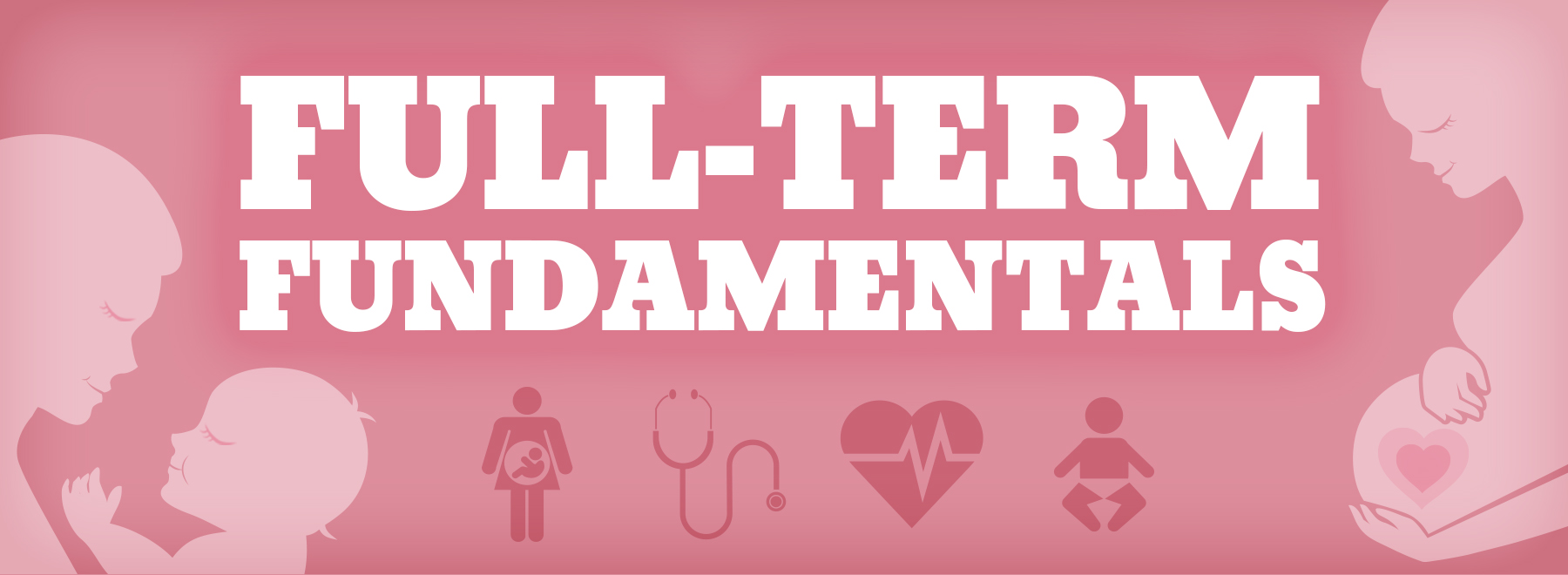Interpregnancy care key to reducing low-weight births
Published on Wednesday, November 1, 2017
By: Annie Oeth
NOTE: This article originally appeared in the November 2017 issue of CONSULT, UMMC's monthly electronic newsletter. To have CONSULT, and more stories like this, delivered directly to your inbox, click here to subscribe.
Healthy mothers, healthy babies.
That’s the thinking behind efforts to increase interpregnancy care, which experts say can lower the risk of preterm or low-weight births.

Reducing the number of babies born too early or with a low birthweight starts before pregnancies begin, said Dr. Alfred Brann, Mississippi’s first neonatologist when he arrived at the University of Mississippi Medical Center in 1969.
“You’ve got to start with women’s health,” said Brann, a professor of pediatrics at the Emory University School of Medicine. “You’ve got to start with a healthier woman.”
According to the Centers for Disease Control and Prevention, the rates of preterm and low-weight births increased dramatically between 1981 and 2006 – with preterm births rising by a third and the rate of babies weighing less than 5 pounds, eight ounces going up by 20 percent.
Since 2006, the rates have been slowly falling; but the 2011, the rate of preterm births is still higher than rates reported during the 1980s and most of the 1990s, according to a report from the CDC’s National Center for Health Statistics.
“We have come so far since the 1970s in survival rates,” said Brann, who noted the survival rate of low-birthweight babies was 15 percent then, but now as high as 85 percent. “But we continue to have preterm and low-weight births.”
More than 450,000 babies are born prematurely every year in the U.S., and preterm birth contributes to about a third of all infant deaths.
Helping mothers to have healthy, full-term pregnancies is vital.

The months before pregnancies begin are in many ways the key to the health of mothers and babies, said Dr. Jermaine Gray, interim chair of obstetrics and gynecology at UMMC.
“It is a time when conditions such as hypertension and diabetes that could adversely affect pregnancy can be managed,” Gray said.
Care after a mother has given birth is important as well, since birth spacing has been shown to reduce the risk of preterm birth, said Dr. Charlene Collier, assistant professor of obstetrics and gynecology.

“That time between a woman’s pregnancies is really important for her health status,” said Collier, who has a joint position with the Mississippi State Department of Health. “We know when pregnancies are too close, less than 18 months apart, that there is a greater risk for low birthweight and preterm birth, and there is less time to address issues such as high blood pressure so that the mother can be in optimum health before having another child.”
In 2016, the University of Mississippi School of Medicine began the Interventions to Minimize Preterm and Low Birth Weight Infants through Continuous Improvement Techniques training program. Funded in Mississippi by the March of Dimes, IMPLICIT trains pediatricians to ask mothers health questions during their babies’ check-ups.
The screening includes questions about whether the mothers smoke or have resumed smoking after pregnancy, suffer from depression, use contraceptives and take multivitamins. Based on the answers, pediatricians can then refer the new mothers to care that will keep them healthy and prevent future births from being preterm.
Centers for Disease Control studies have shown that women can reduce the risk of having preterm births or low birth-weight babies by not smoking, avoiding alcohol and illicit drugs, getting prenatal care throughout the pregnancy, and waiting at least 18 months between pregnancies.
Consuming 400 micrograms of folic acid each day is also recommended, as the B vitamin can help prevent major birth defects involving the developing brain and spine. Most multivitamins sold in the U.S. have this amount of folic acid, and some breakfast cereals contain 100 percent of the daily value of folic acid.
Healthy habits
Ways to boost new mothers’ health include:
• Take multivitamins that contain 100 percent of the daily value of folic acid, which reduces the risk of some birth defects,
• Do not smoking,
• Space pregnancies at least 18 months apart, and
• Access health care after pregnancy and prenatal care during future pregnancies.



